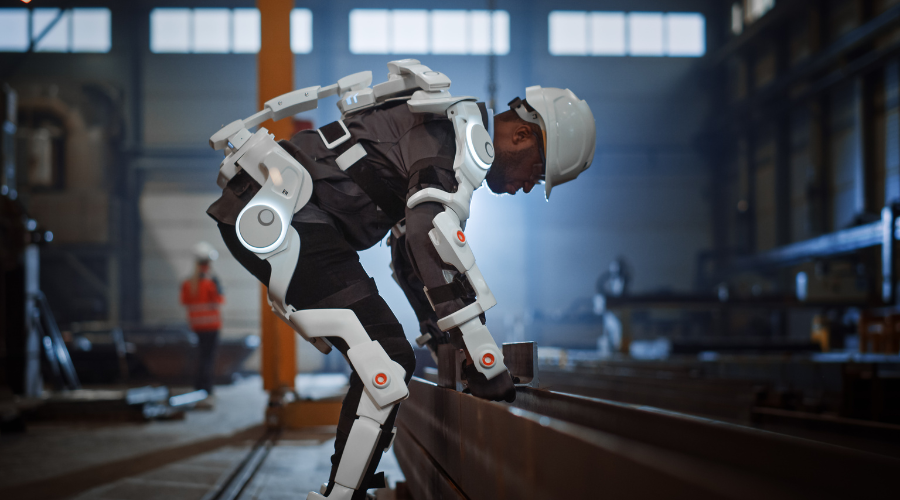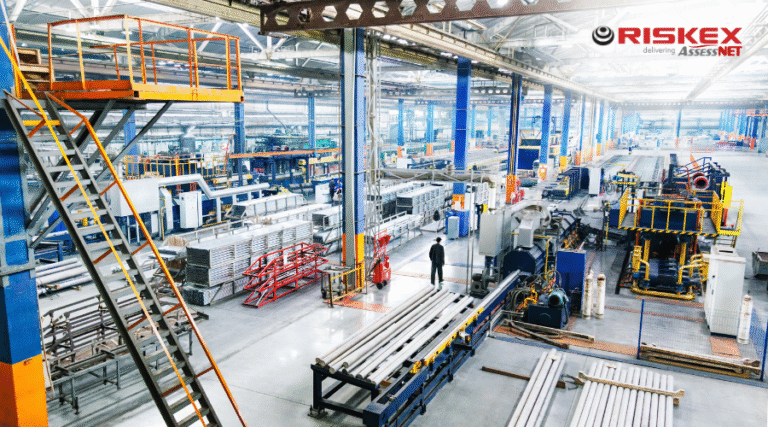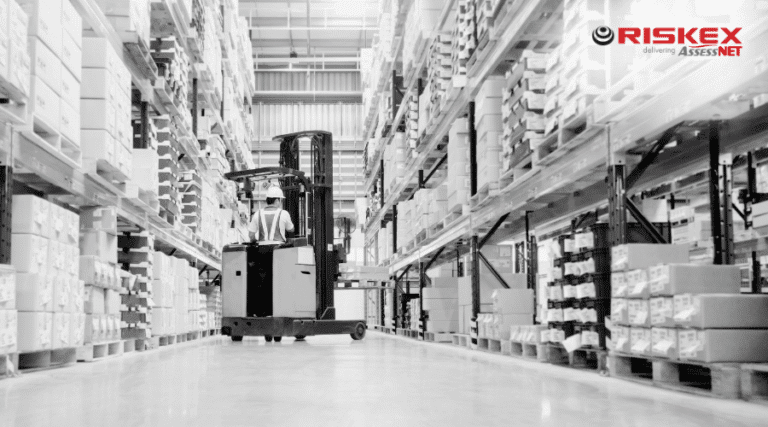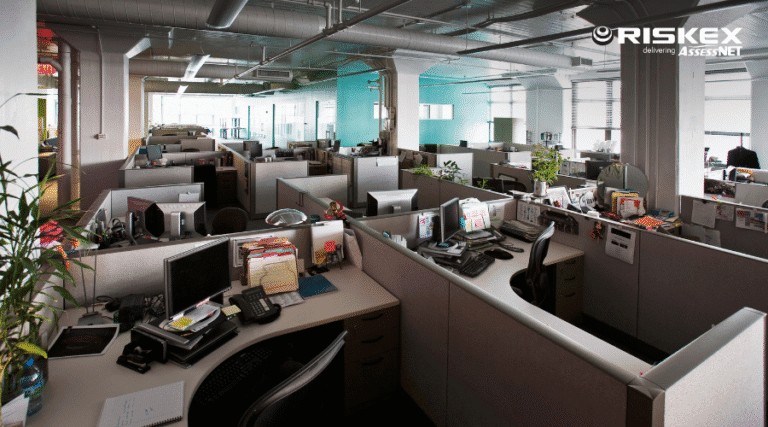Musculoskeletal disorders (MSDs) and manual-handling injuries continue to be one of the leading causes of lost time at work across industries in the UK and beyond. A new generation of ergonomic technologies is offering practical solutions to reduce physical strain, improve workplace safety and promote long-term employee well-being. These tools are transforming how we prevent injury and support workers across sectors including warehousing, construction, manufacturing, logistics, healthcare and office-based roles.
Wearable sensors & AI-driven coaching
These lightweight, clip-on or belt-mounted devices use sensors and AI to monitor a worker’s posture and movements in real time. When a risky movement such as unsafe bending, twisting or repetitive strain is detected, the device provides an alert, helping workers correct their posture instantly.
Collar or arm sensor
- Industry: Logistics, manufacturing, agriculture
- How it works: A small sensor worn on the collar or arm connects to a mobile app, which analyses movement using AI. If risky motions occur, the device vibrates or gives audible feedback.
- Reported impact: Can have up to an 86% reduction in ergonomic injuries and improved habits that persist after training.
Belt-worn device
- Industry: Warehouses, industrial work
- How it works: A belt-worn device detects bending/twisting and vibrates to alert the worker in real time. It is GDPR-compliant and does not track personal identity.
- Reported impact: Injury reductions of up to 60% and lower compensation costs.
Soft-powered exosuits & robotic exoskeletons
Exosuits are now being used in a variety of workplaces to assist with heavy lifting and repetitive movements. They range from soft, fabric-based suits to full-body powered exoskeletons with robotic support.
Powered Exosuit
- Industry: Warehousing, healthcare, manufacturing
- How it works: A powered exosuit worn like a backpack. It senses movement and provides lift assistance to reduce back strain. They Can be worn for up to 12 hours and can provide real-time analytics.
- Reported impact: Injury reductions of 60–85%, higher job satisfaction, and 250% ROI in six months.
Robotic Exoskeleton
- Industry: Logistics, heavy industry
- How it works: Robotic exoskeleton offering up to 30kg lift assistance. Includes posture detection, AI warnings and IoT connectivity.
- Reported impact: Reduced fatigue and improved spinal support.
Full-body powered Exoskeleton
- Industry: Defence, logistics, manufacturing
- How it works: A full-body powered exoskeleton with strength amplification, allowing one person to do the work of several.
- Reported impact: Reduced fatigue and injury risk, improved task efficiency.
Passive Exoskeletons for back and shoulders
Unlike powered exosuits, passive exoskeletons have no motors or batteries. They use spring-loaded systems or mechanical linkages to offload strain and support the body during repetitive or sustained tasks.
For workers who bend forward regularly
- Industry: Healthcare, manual labour
- How it works: Transfers load from the chest to the thighs using gas springs.
- Reported impact: Reduces spinal compression and prevents long-term MSDs.
For workers undertaking lots of over-head tasks
- Industry: Automotive, aerospace, construction
- How it works: Redistributes arm weight to the hips, making overhead work less fatiguing.
- Reported impact: Lower shoulder fatigue and longer safe working periods.
For workers to improve posture
- Industry: Retail logistics
- How it works: Wearable back-support units
- Reported impact: 65% improvement in posture, increased use of legs, and more energy post-shift.
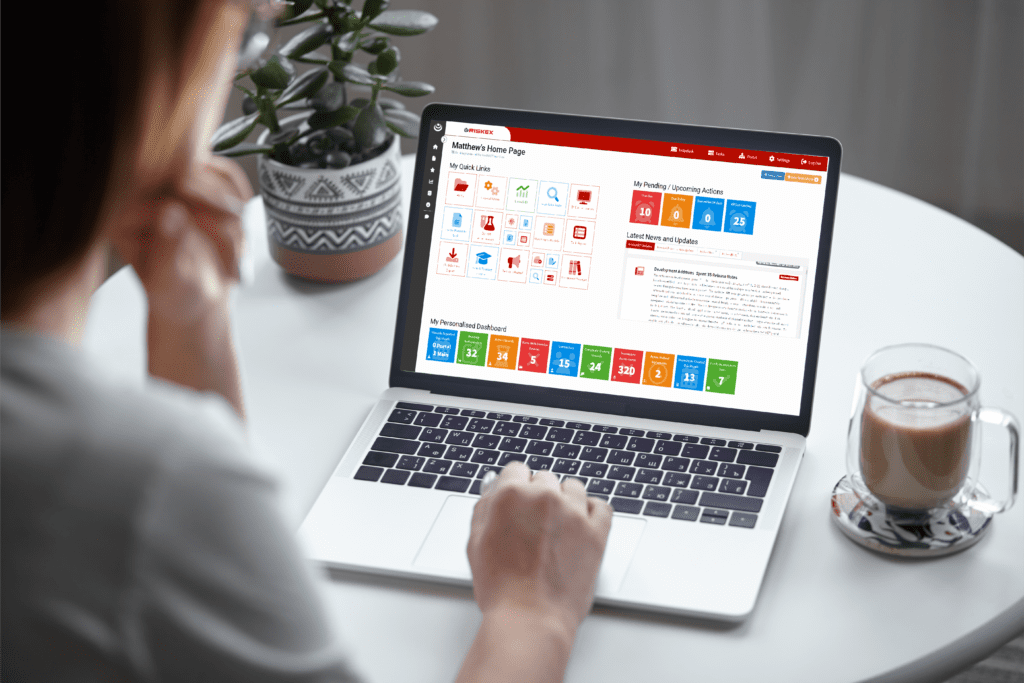
Keeping people safe and well at work is our passion.
Our flagship Health and Safety software, AssessNET is used by organisations across the UK and globally to reduce risk by streamlining compliance processes, gathering better safety data and providing total visibility on the performance of risk management initiatives at a strategic level.
Smart workstations & ergonomic seating
Prolonged sitting and static postures in office settings also increase the risk of MSDs. These modern tools aim to promote movement and posture variety.
Height-Adjustable Workbenches
- Industry: Labs, manufacturing, assembly
- How it works: Electrically adjusts between sitting and standing; includes anti-collision sensors and heavy-load support.
- Reported impact: Reduces MSDs, improves productivity and worker satisfaction.
Smart Sensor Office Chair – Prototype
- Industry: Office work
- How it works: Detects subtle trunk movements using pressure sensors; predicts when low-back pain is likely and prompts user to move.
- Potential: Prevent chronic back pain through early intervention.
Dynamic Chairs for Micro-Movement
- Research-backed benefit: Chairs that encourage natural motion (forward/backward rocking) improve spinal mobility and reduce discomfort.
Virtual Reality and digital ergonomic training
Digital training is evolving all the time. Immersive VR experiences are helping workers learn and retain ergonomic best practices in engaging ways.
Interactive VR Training
- Industry: Office and warehouse training
- How it works: 15-minute interactive session via VR headset or mobile app teaching safe manual handling, posture and twist-avoidance techniques.
- Benefit: Scalable and engaging training.
Considerations: Privacy, trust and data protection
While the benefits of emerging ergonomic technologies are significant, it’s equally important to recognise potential drawbacks, particularly regarding privacy, autonomy and data ethics.
Feeling monitored vs feeling supported
Some workers may feel that wearing a sensor or exosuit, especially ones that collect movement data or provide real-time feedback is intrusive. The experience can be akin to being constantly watched, even if the data is anonymised. This may impact trust, morale and psychological safety, especially if implementation isn’t handled sensitively.
Employers should take care to involve staff early in any trial or rollout, clearly explaining the purpose, limits and benefits of the technology. Emphasising how it supports safety, rather than performance monitoring, can help build buy-in.
Data protection and transparency
Many of these tools rely on data capture such as movement analytics, risk events, training progress and wear-time tracking. Organisations therefore must ensure they are fully compliant with the UK GDPR and Data Protection laws.
Key considerations include:
- What data is being collected? (e.g. posture, biometrics, device wear-time)
- Where is the data stored? (Cloud-based systems often process data outside the UK/EU)
- Who can access it? (Only those with a legitimate need should view worker-level analytics)
- Is data anonymised?
- How long is it retained?
- Can individuals request access or deletion?
Conclusion
Tech should support, not substitute, good ergonomic design and safe working practices. By staying informed and exploring these emerging tools, employers can take proactive steps to create more inclusive, sustainable and comfortable workplaces.

